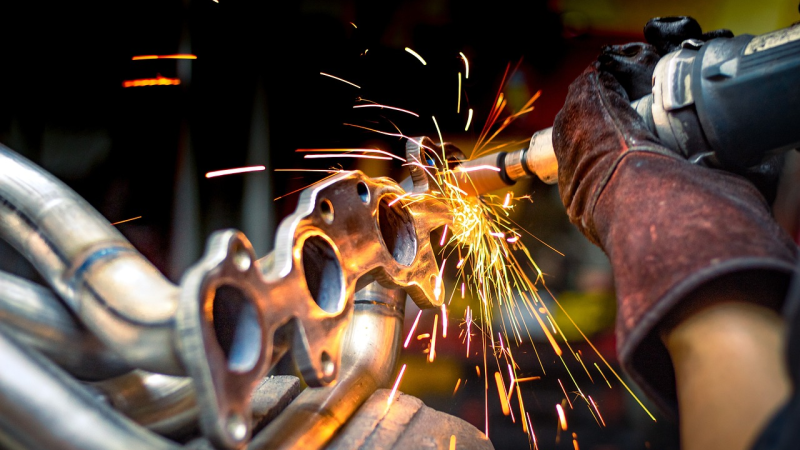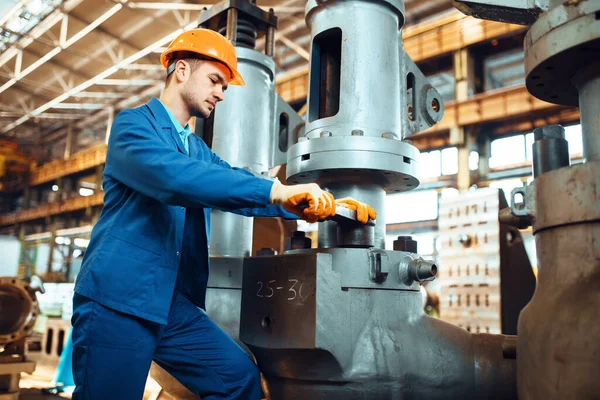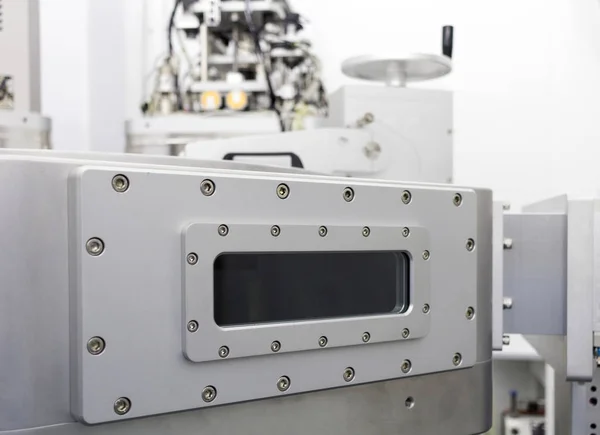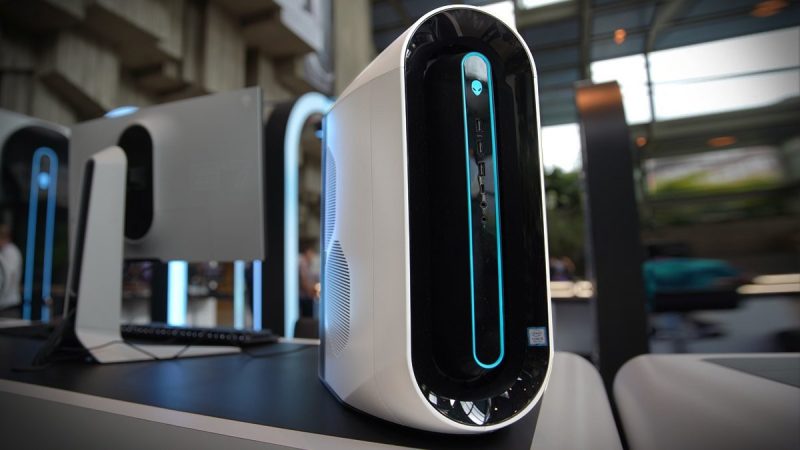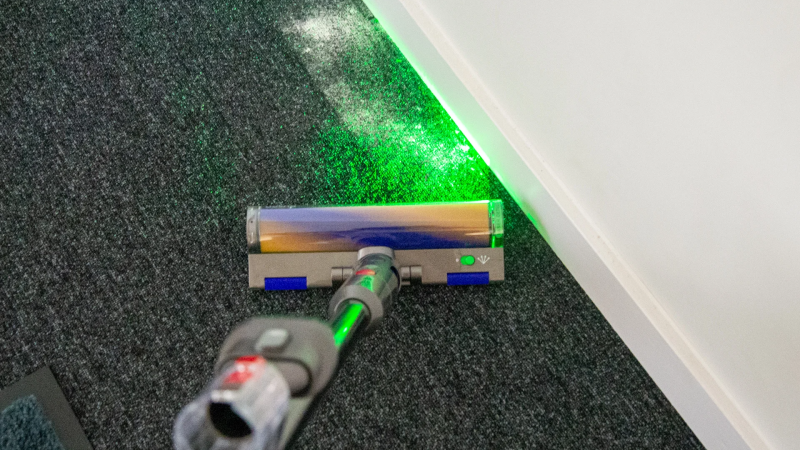WHY IS 3D PRINTING BETTER THAN OTHER MANUFACTURING PROCESSES?
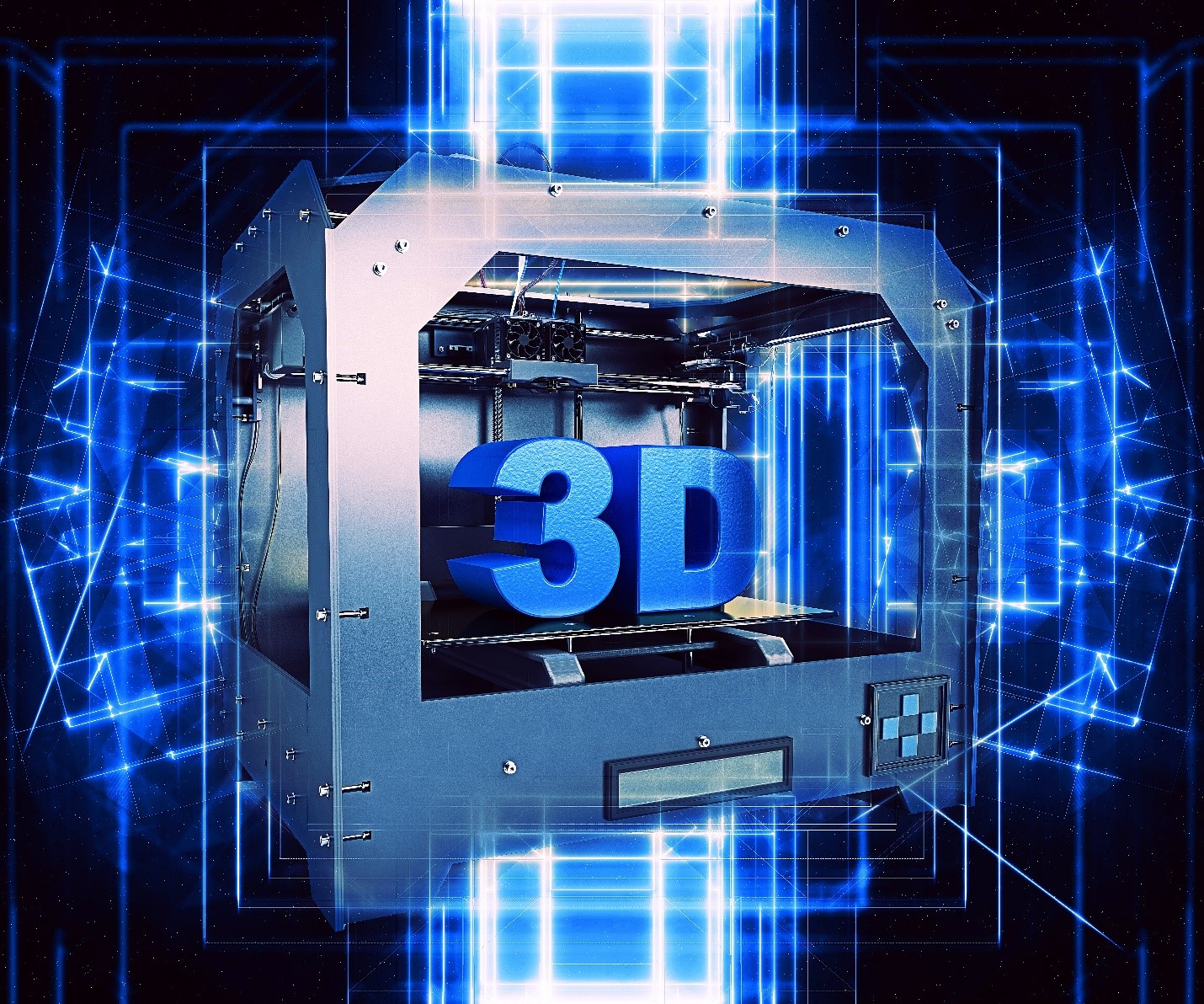
3D printing, which is also known as “additive manufacturing”. Its benefit is that it easily and effectively creates 3-dimensional objects or designs for CAD files. The capital cost of the setup can be high, but you cannot ignore the evolving technology behind this. 3D printing is time and cost-saving.
3d printer service offers quicker, more effective, and lower costs because they do not involve much human labour as they can be used to fabricate complex, highly customized parts. And the other traditional manufacturing processes need to meet the compatibility of 3D printing.
Why Should You Choose 3D Printing Over Other Manufacturing Processes?
There are many benefits and reasons for choosing 3D printing over other manufacturing Processes.
Cost Effective
3D printing does not involve variable costs that increase with the number of products. The cost incurred for one product is almost the same for hundreds of products. And it is impossible with traditional manufacturing products.
Secondly, other manufacturing processes require essential machine setup and high labour costs. But 3D printing considerably lessens or even removes the cost. Only minimal manual intervention expels the tool change operation and reduces the assembly time.
Time Effective
Regarding time, 3D printing always keeps traditional and other manufacturing from coming closer to it. 3D printing speeds up the development of a product from imagination and idea to its finished product or prototype.
It can combine multiple parts in no time and eliminates the assembly stage. Hence, this reduces the time machines take to make a finished product from raw material.
Customization and Personalization
Customization and personalization are one of the biggest challenges for traditional manufacturing processes. Creating customized and personalized products can be very costly and time taking. Sometimes it often requires specialized tools and types of equipment.
But 3D printing made this customization and personalization very easy and cost-effective. Products can be easily altered and customized to meet the needs and desires of the valuable customer and his preferences. Without using expensive tools and equipment, this proves customer satisfaction and can also help reduce waste and inventory costs.
Complexity in Design
Traditional manufacturing processes have many constraints that affect product costs very badly. Complexity is one of them. That has major limitations over it. The complex design requires more accuracy and expertise, raising costs for traditional manufacturing processes. The greater the complexity, the greater the cost.
However, 3D printing has many benefits: it removes design constraints or hurdles. The complexity of the product does not affect the cost of the product.
Combining multiple parts into one piece can also reduce or eliminate assembly time and shorten manufacturing time without incurring additional costs through part consolidation.
Proficiency and Performance
The cost of each unit in 3D printing remains the same so that countless product changes can be done. This makes the design implementation easy. The designers and engineers can change the design without the extra cost.
A product more compatible with customer needs can increase sales when more effort is put into it. When you lower the cost of iteration, it lowers the probability of failure.
This uniform cost per product can help you in the case of personalization. By doing so, you can achieve customer satisfaction, creating a positive brand experience.
Sustainability
3D printing and sustainability are intrinsically linked. Scrap materials from traditional manufacturing are often unrecyclable due to subtractive methods. Other manufacturing processes create waste material that cannot be recycled.
But 3D printing works by using the additive manufacturing principle. Using a ground-up approach, the product minimizes waste. It is possible to reduce material usage and product weight by implementing DfAM, topology optimization, and generative design.
In shipping and logistics, lighter products can save 40% to 60% of energy.
Ware Housing
Other manufacturing process benefits Just in case of mass production. The manufactured products on a large scale also need a warehouse. So traditional manufacturing needs warehouses. Warehouses are full of products and goods till they are sold or needed.
This includes the other manufacturing processes that cost land rent, warehouse infrastructure, and labour costs, ultimately affecting the profit margins as long as they are stored.
3D printing saves the capital cost of the warehouse by being capable of on-demand manufacturing.

